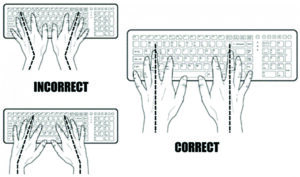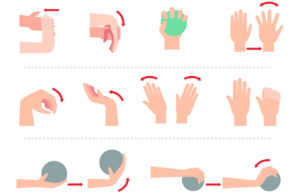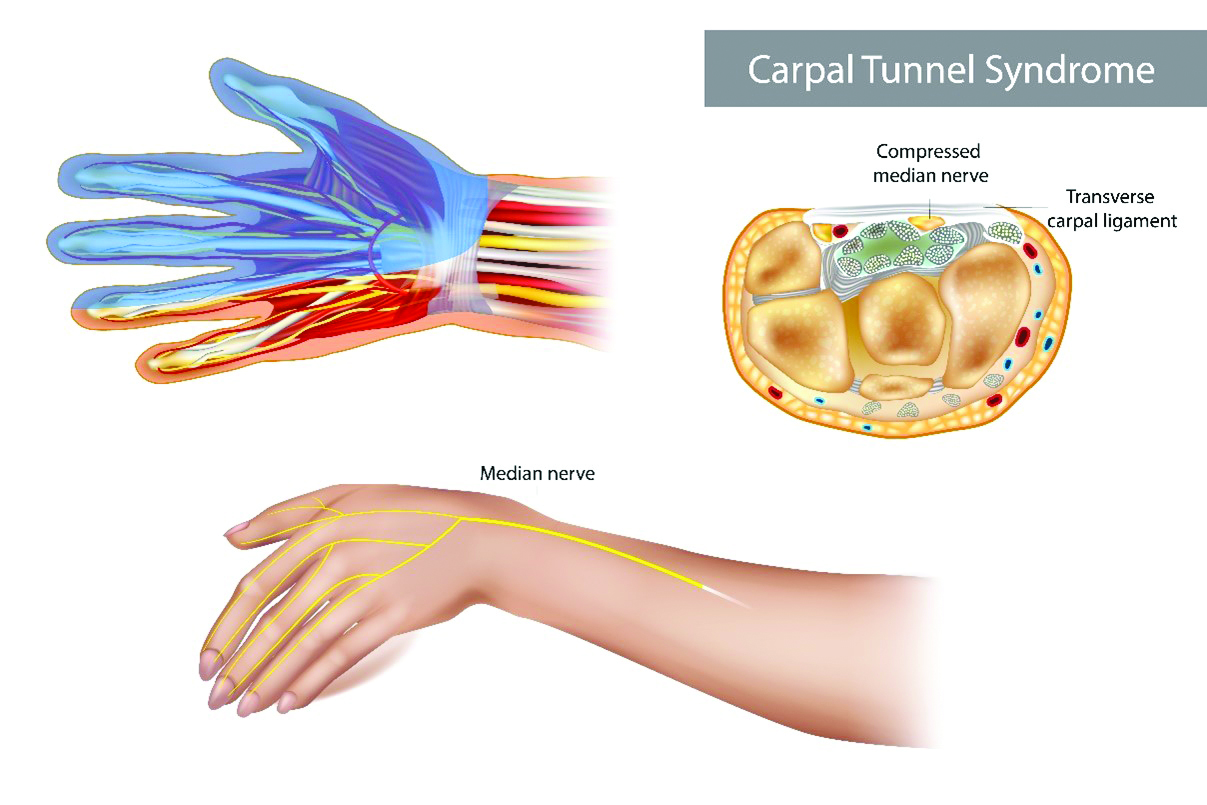 Ever had the nagging, burning or tingling sensation accompanied by pain along your wrist and fingers which doesn’t subside easily? Wrist pain that
Ever had the nagging, burning or tingling sensation accompanied by pain along your wrist and fingers which doesn’t subside easily? Wrist pain that  doesn’t wear off can be attributed to several causes – the more common one being the Carpal Tunnel Syndrome.
doesn’t wear off can be attributed to several causes – the more common one being the Carpal Tunnel Syndrome.
‘Carpus’ means wrist in Latin. In simplified terms, the carpal tunnel is a passageway in your wrist which connects the forearm to your hand. It is made of tendons, ligaments and bones, bounded by the carpal (wrist) bones and the overlying ligament. There are several structures passing through this tunnel, which include tendons and a few nerves. When there is compression of the median nerve in this tunnel, it leads to the ‘Carpal Tunnel Syndrome’.
Some of the common symptoms of Carpal Tunnel Syndrome include Weakness while gripping objects with one or both hands; Pain or numbness in one or both hands; ‘Pins and needles’ feeling in the fingers, especially the thumb, index, middle finger and half of the ring finger; Swollen feeling in the fingers; Burning or tingling in the fingers, especially the thumb, index and middle fingers; and Pain or numbness that worsens at night, interrupting sleep.
What causes Carpal Tunnel Syndrome?
The most common risk factors include a decrease in space of the carpal tunnel. This can occur after traumatic wrist fractures, arthritis, tumors (soft tissue swellings) or conditions causing prolonged flexion or extension contracture of the wrist. Decrease in the tunnel size makes the median nerve more prone for compression. Another factor is swelling and inflammation – when tissues in and around the carpal tunnel swell up, they could press on the median nerve. Swelling and inflammation could result from requent, repetitive movements with the hands; extending or flexing the wrist for long periods of time; Rheumatoid arthritis and other conditions that cause inflammation in the joints; or Hormonal or metabolic changes (for example, pregnancy or thyroid imbalance).
the carpal tunnel. This can occur after traumatic wrist fractures, arthritis, tumors (soft tissue swellings) or conditions causing prolonged flexion or extension contracture of the wrist. Decrease in the tunnel size makes the median nerve more prone for compression. Another factor is swelling and inflammation – when tissues in and around the carpal tunnel swell up, they could press on the median nerve. Swelling and inflammation could result from requent, repetitive movements with the hands; extending or flexing the wrist for long periods of time; Rheumatoid arthritis and other conditions that cause inflammation in the joints; or Hormonal or metabolic changes (for example, pregnancy or thyroid imbalance).
Other contributing factors could include Prolonged use of the keyboard and mouse, especially in the wrong posture; Diabetes: Uncontrolled blood sugars can cause nerve damage increasing the propensity for median nerve damage; Jobs that include use of heavy machinery and some rare genetic disorders.
How is Carpal Tunnel Syndrome diagnosed?
Your orthopaedician can diagnose the syndrome by a few clinical tests; they may advise further investigations in the form of EMG-NCV studies (nerve studies), Ultrasonography, CT scans or MRI scans in order to establish their diagnosis.
Treatment for Carpal Tunnel Syndrome
The orthopaedician will figure out the best treatment for you based on factors like your age, overall health and medical history, severity of the preexisting disease, how well you tolerate specific medications, procedures, or therapies and your opinion or preferences. There are several treatment modalities available today comprising non-surgical as well as surgical interventions. The decision to go for either of these is often advised by the orthopaedician.
Non- Surgical Options:
Wrist splints: These are often worn mostly at night and keep the wrist in a neutral position from moving, thus easing the compression of the nerves inside the carpal tunnel.
Medications: Non-Steroidal, anti-inflammatory medications can be used for initial relief. However, their effect is only symptomatic and does not treat the underlying cause.
Changing work ergonomics: Correct posture of hands and wrists while using the keyboard or mouse in jobs requiring prolonged computer use is of utmost importance. Using ergonomic keyboards, spending less time typing or using mobile phones should be advocated.
Wrist exercises and physiotherapy.
Local Steroid Injections: This involves injecting a steroid into the carpal tunnel which helps reduce inflammation thereby decreasing pressure on the nerve. However, it is not advocated by all surgeons and the effects are often transient.
Surgical Options: This is a form of decompression and may be required in severe cases. This leads to the most gratifying results in severe and longstanding cases. However, mild and initial symptoms should be given a fair trial of splinting and physiotherapy first.
In conclusion, Carpal Tunnel Syndrome involves the compression of the median nerve in the wrist, where it traverses through this tunnel. It can be of mild, moderate or severe types depending on the duration and severity of the compression. It is important to rule out other causes of tingling sensations in your hand which can be referred from nerve compression in your neck or other neurological problems. One should not try and self-diagnose the symptoms as there are other possible conditions too which may mimic similar symptoms.
[Disclaimer: The contents of this article should not be considered as formal medical advice. Kindly visit your orthopaedician for any related treatment.]
- તમે ઇન્જેક્શન આપેલા તરબૂચ તો નથી ખાઈ રહ્યા ને? - 27 April2024
- પિતાના હાથની છાપ.. - 27 April2024
- વિસ્પી ખરાડી ફિટ ઈન્ડિયા મૂવમેન્ટનાબ્રાન્ડ એમ્બેસેડર તરીકે નિયુક્ત - 27 April2024
